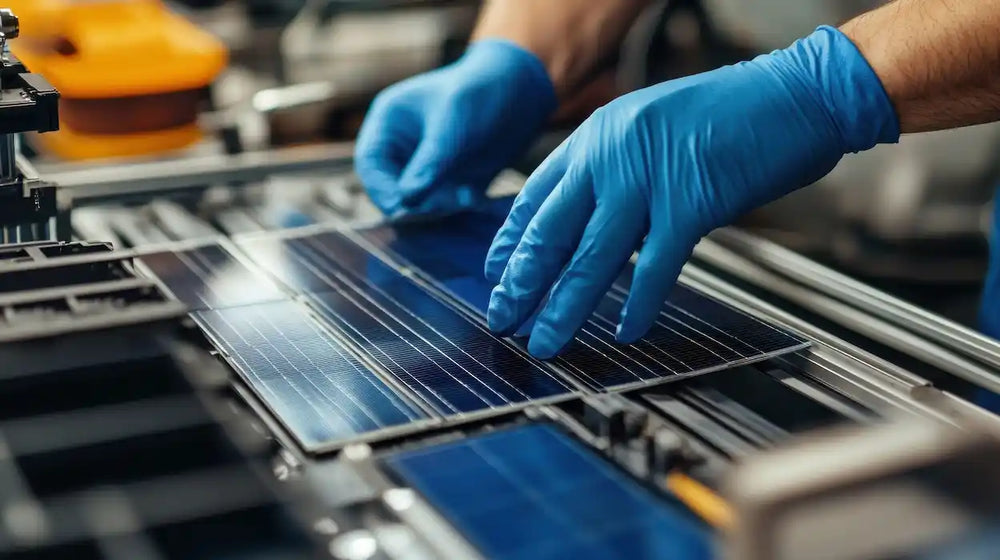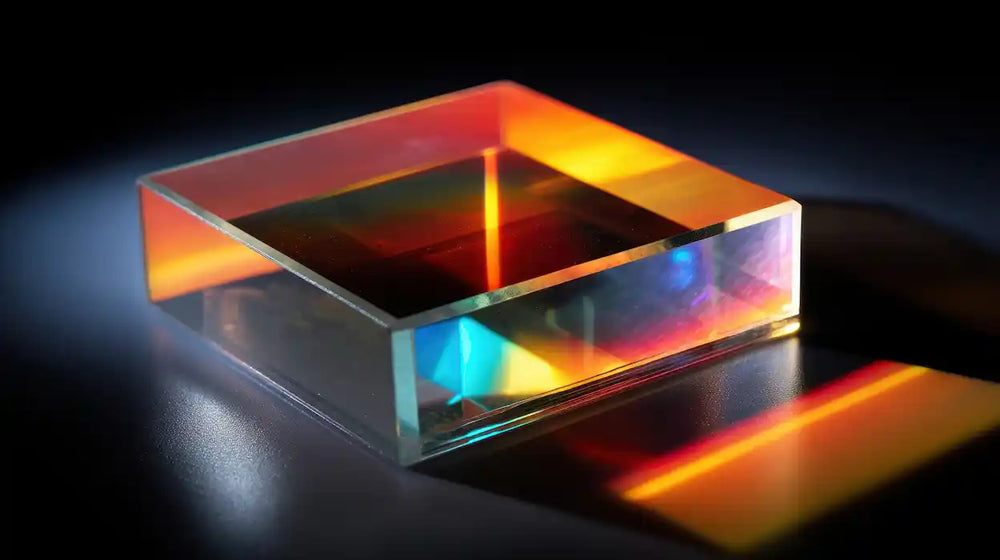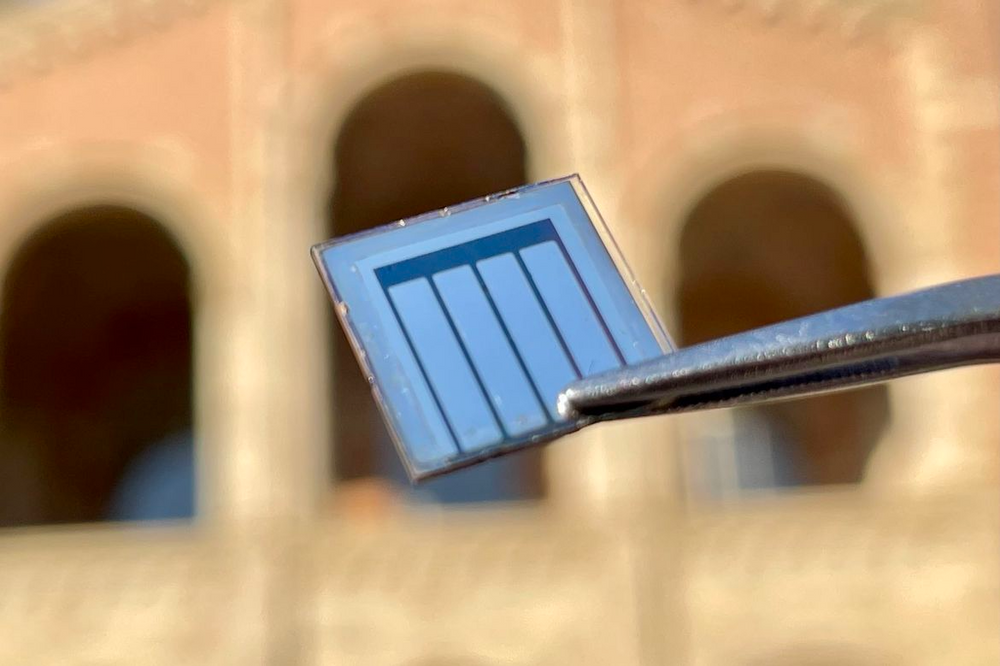Flexible Solar Cells: Revolutionizing Energy with CPTI's Perovskite Technology
Solar-powered energy and its surrounding landscape are experiencing a massive, revolutionary transformation with the emergence of flexible solar cell technology. The traditional style of rigid silicon panels, although efficient, is limited by their excessive weight, reduced application flexibility, and high production costs. CPTI is at the forefront of revolutionizing the solar power sector with innovative perovskite solar technology.
Perovskite solar cells deliver higher energy conversion, increased efficiency, a longer lifespan, and greater durability. This innovative and next-generation approach addresses the growing demand for lightweight solar solutions that are flexible and easily adaptable to fit various

Flexible Solar Cells
The use of flexible solar cells represents a significant shift in how we envision using solar power in the future. Unlike rigid solar panels, which require a lot of structural support and are limited to fixed applications, flexible solar technology opens new doors of opportunity for applications on curved surfaces, in portable devices, and mobile applications.
CPTI's revolutionary new solar technology offers superior performance compared to conventional solar cells. We use each layer for maximum stability and efficiency, letting us harness solar energy in applications previously unimaginable.
The potential and future possibilities of this brand-new technology extend far beyond its convenience. As the world moves closer to a future that incorporates both sustainability and energy independence, flexible solar cells can provide a new and viable pathway for integrating renewable energy sources into a wide range of products and systems.

What Makes a Solar Cell Flexible
The newly discovered flexibility of solar cells is a direct result of fundamental material science and manufacturing modifications. Traditional silicon solar cells are inherently rigid due to their solid crystal structure and the requirement for glass substrates of significant thickness for protection. Creating flexible alternatives requires redesigning all aspects of solar cell architecture.
This is possible because ultra-thin solar cells can now be deposited onto flexible substrates, such as plastic, metal foil, or even clothing. The key innovation is the addition of a photovoltaic material that is both mechanically flexible and maintains its electrical functionality. This material can withstand mechanical stress without cracking or losing its ability to convert sunlight into electricity.
The choice of the substructure material is the key to our material’s flexibility. Unlike shattering glass panels, flexible solar cells use polymer substrates that can bend without fracturing. The substrates also provide adequate environmental protection without sacrificing optical clarity for light transmission.
Of course, the encapsulant materials have to be equally flexible while providing long-term durability against moisture, oxygen, and temperature fluctuations.
Flexible solar cell fabrication processes are equally distinct from traditional ones. Roll-to-roll printing procedures, similar to those used in newspaper printing, allow the high-area production of flexible solar cells in a continuous manner. This method of manufacturing is not only flexible but also cost-efficient in terms of production, allowing for customization of cell shape and size to suit their target applications.

Perovskite Materials & Flexibility
Perovskite is a third-generation photovoltaic material that offers higher efficiency and cost savings. It produces ultra-lightweight panels that provide four times more light absorption than traditional silicon panels.
The unique crystal structure of perovskite materials makes them ideal for flexible solar cell devices. Unlike silicon, which has to be processed at high temperatures with thick wafers, perovskite materials can be processed at relatively lower temperatures with a solution-type process.
The molecular structure of perovskite materials makes them highly flexible. These compounds can be deposited as thin films, typically only a few hundred nanometers thick, whereas silicon wafers are hundreds of micrometers in thickness.
Since perovskite can be processed as a solution, it can be deposited onto flexible substrates without the high-temperature annealing step, which is required for silicon. It is also compatible with plastic substrates and requires low-temperature processing, all of which make perovskite technology an ideal choice for roll-to-roll production of flexible solar cells.
The composition and structure of perovskite materials can also be tailored to your needs, so you can use it for a wide range of applications and environmental conditions.

Advantages of Flexible Solar Cells
The many advantages of flexible solar cells extend far beyond their flexibility. CPTI's perovskite technology offers a greater energy yield with reduced manufacturing cost and a longer product lifespan. The economic benefits are just as substantial, with the costs for perovskite cells potentially being over three times those of traditional silicon panels.
Weight reduction is another key advantage for most users. A flexible solar panel is up to 90% lighter than equivalent rigid panels, making them ideal for weight-sensitive applications such as space, electric vehicles, and mobile electronics.
Its efficiency advantages are just as noteworthy. CPTI technology offers more than 20% higher efficiency than standard silicon panels. Additional power is produced by smaller surface areas, which allows for higher efficiency that minimizes space requirements while maximizing energy production.
Solar cells can be curved into all kinds of different shapes, embedded within building materials, and even sewn into garments. This flexibility opens up whole new markets and uses simply not available with non-flexible panels. Shape and size can be tailored to suit various uses, allowing for applications on as much surface area as is available.
Durability & Performance Testing
Durability has long been a significant issue with flexible solar panels, but advances in materials science over the years have addressed many of these problems. CPTI's perovskite solar technology boasts a lifetime over ten times longer than earlier flexible solar technologies, demonstrating significant improvements in both longevity and stability.
Performance testing of flexible solar cells presents unique challenges compared to rigid panels. Mechanical stress testing includes cyclic bending, twist testing, and impact resistance testing. These tests verify that the cells maintain their electrical properties under certain mechanical stresses they may be subjected to in real-world use.
Then, there’s environmental durability testing. Flexible solar cells must withstand temperature cycling, exposure to humidity, and UV radiation without degradation of performance. CPTI designs every layer for maximum stability and performance to make sure that our flexible cells remain long-lasting in adverse environmental conditions.
Integration & Applications
Modern applications of flexible solar cells are endless, and they can be employed in various industries. CPTI's advanced solar technology powers satellites, drones, robots, and next-generation transport. A thin and light solar panel can be designed for integration with electric vehicles, scooters, and boats, such as electric yachts, providing a reliable energy source that increases range and performance.
Consumer electronics is another growing market. CPTI green energy solutions extend battery life and increase reliability for smart wearables, IoT devices, and portable electronics.
Home applications are also promising. CPTI's high-efficiency, rugged solar panels can deliver reliable power for security systems, mowers, gate monitors, and home automation technology. These uses capitalize on the convenience of installation and retrofitting solar power with minimal system redesign.
Get Started with CPTI Flexible Cells
CPTI technologies can be easily integrated into many of your products, making it simple for businesses across various industries to switch to flexible solar technology. Our company's approach emphasizes collaboration with potential clients to create customized solutions that can meet any specific needs.
The first step in applying CPTI's flexible solar technology to your business is to identify your specific requirements for applications. Check your power needs, size considerations, and environmental conditions, as well as any potential integration issues that may arise. CPTI engineers work closely with you to assess all of these requirements and develop the most suitable solutions for your specific needs.
Adopt CPTI's flexible solar technology and invest in a clean energy future. Early movers will have the competitive advantages along with greater sustainability credentials as the technology improves and prices decrease. The combination of high performance, cost-effectiveness, and environmental benefits makes flexible perovskite solar cells a compelling choice for forward-thinking businesses and applications.
Contact us today to revolutionize your products with perovskite solar cells!
